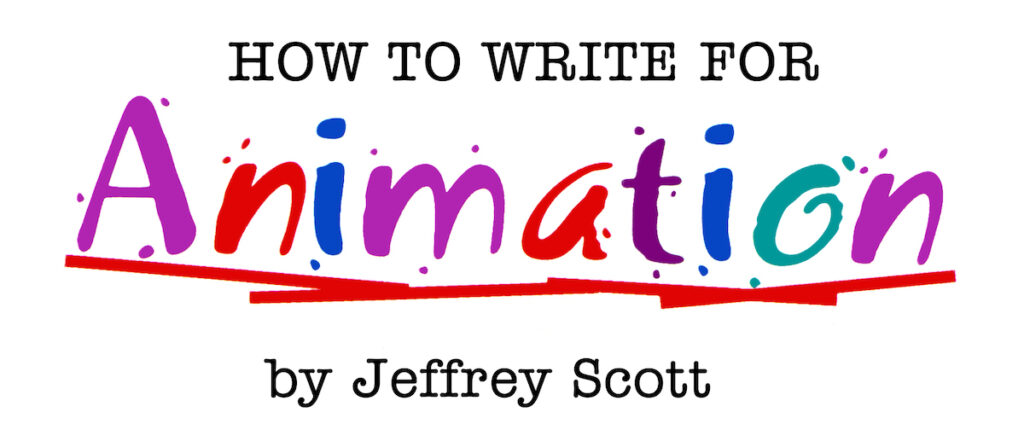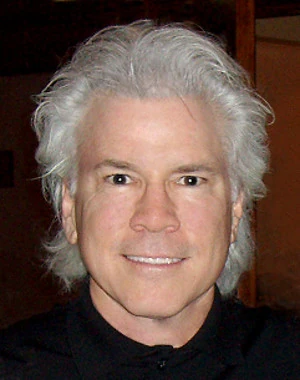
Good dialogue is harder to write than good description. Once you figure out how a scene will unfold it’s not that difficult to describe what happens. But figuring out what a character will say in that scene isn’t so obvious.
Much of what needs to be known about film and TV dialogue writing is gleaned from years of experience, as well as reading novels and watching movies and TV. To a lucky few, it comes naturally. So instead of delving too deeply into the principles of dialogue, I am going to stick to the subject of cartoon dialogue.
Different types of animation require different treatments of dialogue. For prime-time animation, which is really just animated sitcoms, the dialogue is just sitcom dialogue. However, squash-and-stretch cartoons like Roadrunner and The Pink Panther don’t have any dialogue at all. In between, there are many types of cartoons with as many types of dialogue, including action, comedy, educational, and preschool, among others. However, there are a few basic rules that will help you with any dialogue you write.
There are only two ways to really perceive a person’s character: by what they say and by what they do. It is through actions and words that we learn what a person is about. Thus, actions and dialogue define character.
This at once tells you that good dialogue must come out of the personality of the character who is saying it. You wouldn’t expect Homer Simpson to say, “Don’t have a cow, man!” Neither would you expect Bart to say “D’oh!” This gives us one of the most basic rules of dialogue: It should never be interchangeable.
The test for this is simple: If you can give a line of dialogue to another character in the script then it obviously hasn’t come out of the intended character’s personality. It will thus seem flat and uninteresting. Well-developed characters have unique ways of looking at life and unique ways of expressing themselves. This should come out in the dialogue whenever possible.
As noted earlier, when you’re writing to a younger audience you have to be careful with the words you use in your dialogue. I always try to use the simplest words possible to say what needs to be said. If you have any doubt as to what words are acceptable to a certain age group you can get vocabulary word lists used in schools. But if you do use such word lists be careful; many kids don’t know all the words they’re supposed to.
Another thing to consider when writing dialogue for preschool kids and for educational material is repetition. Children may not understand something they hear the first time, but as they hear it again and again they slowly get it. Don’t be afraid to repeat yourself in preschool material—just do it in a creative way.
With an older audience, you need to make your dialogue more interesting and unusual to keep their attention. The bottom line is, know your audience and make sure your dialogue is real to them.
©Jeffrey Scott, All Rights Reserved
Jeffrey Scott has written over 700 animated and live-action TV and film scripts for Sony, Warner Bros., Disney, Marvel, Universal, Paramount, Columbia, Big Animation, Hanna-Barbera and others. His writing has been honored with three Emmys and the Humanitas Prize. He is author of the acclaimed book, How to Write for Animation. To work with Jeffrey visit his website at www.JeffreyScott.tv.
Read other articles from this series:
#1 The difference between live-action and animation writing
#3 It all begins with a premise
#4 The secret to developing your story
#5 Finding the scenes that MUST be there
#7 How to easily transform your outline into script
#8 A brief introduction to script writing
#9 How long should your scenes be?
#10 How to (and NOT to) edit your writing
#13 The importance of communication


